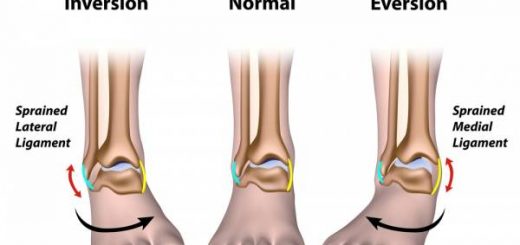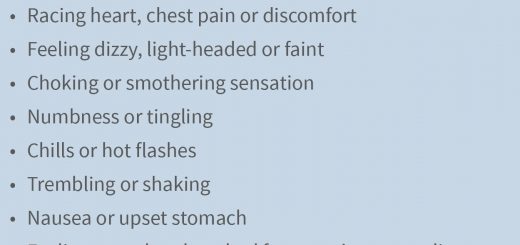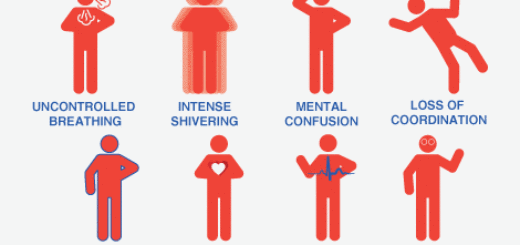What does ELITE stand for in manual handling?
ELITE is an acronym used to remember the different aspects of a manual handling risk assessment. So what does ELITE stand for?
Environment
Consider the environment where the manual handling task is taking place. Are there any hazards to the move? For example, a cable would represent a trip hazard.
Attempt to reduce the risk by optimising the environment. This could include taking simple measures such as optimising lighting and removing any identified trip hazards.
Load
The load could refer to an inanimate object or a casualty. When moving patients it is important to consider several aspects including:
- Their weight and size
- Any potential or actual injuries
- Their capability to perform some of the move themselves
- Sensory impairments such as visual loss or hearing problems
Individual
This refers to your own capabilities. It is important to assess your own ability to perform the move taking into account your own strength, size and any potential injuries you may have.
If working in a team then it is important to consider the strengths and weaknesses of all team members.
Task
Consider the actual task itself – what is the end point of the move? Can the task be optimised in any way?
The task may need to be split up into several components to allow for rest periods.
Equipment
Finally consider if any equipment could help with the manual handling task. If equipment is being used then it is important that everyone is familiar with the operation of the equipment.
Any piece of equipment should also be inspected prior to use.





